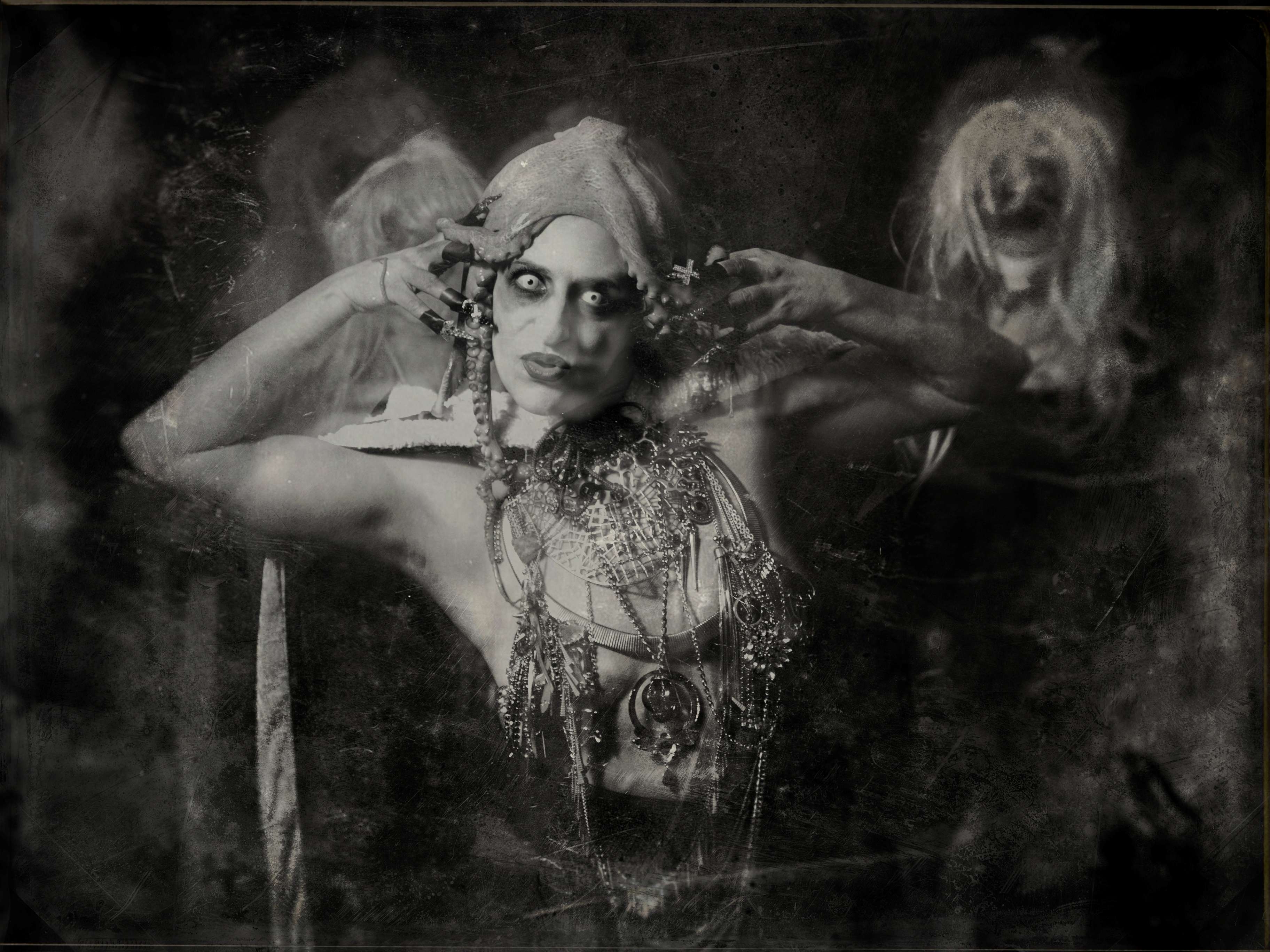Don’t judge a book by its cover, as the idiom goes. While I understand the sentiment, it’s actually terrible advice when taken literally. Metaphorically, sure! When it comes to people, judgements and assumptions based on appearances can be incredibly harmful. But when it comes to books, judging covers is just a part of the process. Whether you’re browsing Waterstones or scrolling through Goodreads, a book cover is the first thing you see. Your eyes may gloss over some, while others encourage a look at the blurb on the back or even a flip to the first page.
Covers can tell us a lot about a book. If there is a spooky silhouette, or an abandoned house, it’s probably a thriller or a mystery. If the silhouette is in a hooded cloak, or the house on a towering cliff overlooking stormy oceans, fantasy would be my best guess. Full page headshots usually translate to memoir (sepia tone if they’re dead, full colour if they’re still alive). I’ll spare you the pain of having to stare at Prince Harry’s face but I’m sure you can picture what I mean. If the headshot on the cover is of a sad child, however, it’s probably a melodrama targeted towards menopausal divorcees. It will also probably be the most depressing book you’ve ever read. There is a 50% chance that the child on the cover dies at the end, most likely of cancer. Sorry, I don’t make the rules. Blame Jodi Picoult.
Although some cover conventions may seem pretty set in stone, trends come and go. When it comes to literary fiction, the cover trends are as vague and nonsensical as the genre itself. Recent releases have featured big typography (sans serif, obviously) on busy backgrounds. Probably called The Curious Incident of the Little Fires at Whistle Stop Café, or something equally lengthy, pretentious and whimsical, it’s no wonder that the titles take up the whole cover. When it comes to colour palette, make sure it’s as offensive to the eyes as possible. Finally, throw an abstract blend on there (bonus points if you can make out an ambiguous silhouette) and you’ve got yourself a New York Times Best Seller!
Romance is another genre that has had a facelift in the past few years. Long gone are the bodice ripper books of the ‘70s and ‘80s featuring long-haired shirtless men. The recent, mainstream popularity of the genre (largely a result of Wattpad girlies growing up and graduating to BookTok) has led to more ‘discreet’ covers. Now, we have colourful vector illustrations instead of tattooed arms and glistening abs. As a general rule, the cuter the cartoon, the spicier the smut. Think Ali Hazelwood, Tessa Bailey, or Hannah Grace. Of course, there are still contemporary romance writers who insist on having covers that look like they were done in five minutes on the free version of Canva (looking at you CoHo).
While a good cover doesn’t always translate to a good book, and vice versa, judging a book by its cover can narrow down your to-be-read list. There are so many books out there, and so little time to read them all. If you can find your next favourite book by deciphering cover clues, what’s wrong with that? Isn’t that like… the whole point of covers? To attract the right audiences? It’s also just fun, like swiping on Tinder but for nerds.

